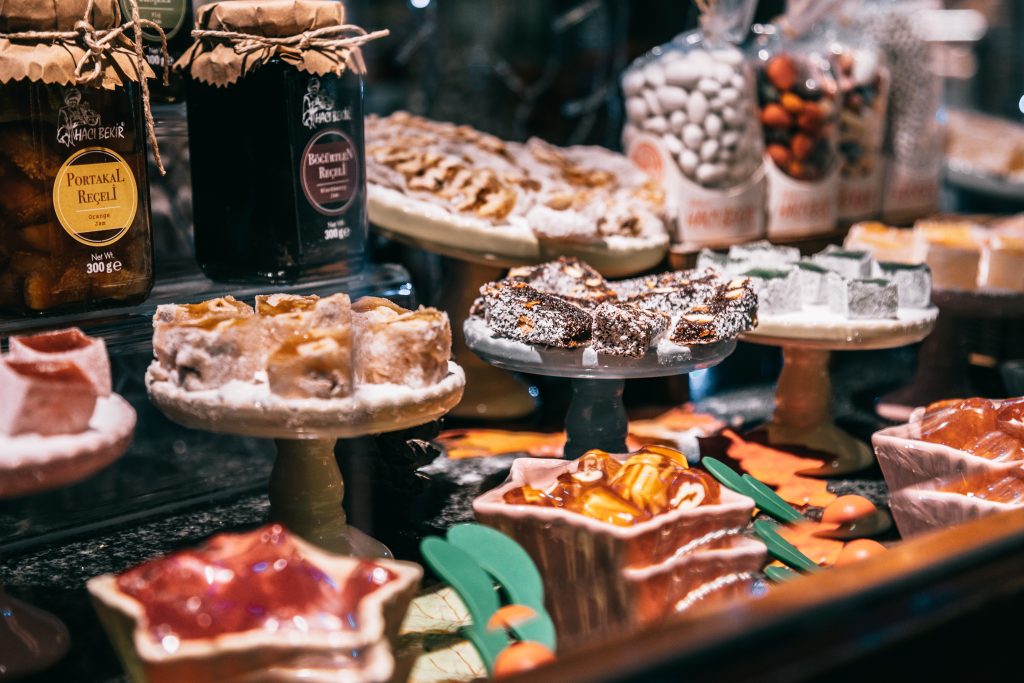
Building client relationships and generating sales is a much longer process in B2B industries than it is with B2C brands. Given the wide range of businesses that food distributors serve, including restaurants, cafes, hotels, hospitals and schools, simply reaching decision-makers in these organizations can be challenging.
This is where a strategic approach to prospecting is important. Sales prospecting enables food distributors to focus their efforts and improve their results. However, the prospecting process is one that takes place over several, gradual stages.
In this article, we’ll cover the advantages of sales prospecting for food suppliers, and discuss 5 strategies these companies can use to move leads down their sales funnels.
Before delving into the importance of prospecting for suppliers, let’s take a moment to define this practice. Sales prospecting is the process of researching, identifying, and becoming familiar with potential customers before engaging them. Although it’s not as common a practice in B2C industries, it is a key part of B2B relationship-building, especially for food and beverage distributors.
Here are some of the benefits of prospecting potential clients before engaging them.
The first and most obvious benefit of prospecting is that your sales reps will generate more sales. It allows sales teams to determine what potential blockers your prospects may have, and how to position your business as the right solution.
There’s a major difference between interacting with clients who are engaged and businesses that seem disinterested. Engaged clients are less likely to churn and easier to upsell. Disengaged decision-makers tend to drop off / be less loyal, and are less profitable. Researching your audience beforehand gives you the ability to profile clients before contacting them, so you can determine the best way to approach and engage each prospect.
Without prior research, your sales team will likely come into contact with potential clients that are at different stages of the sales funnel. On the other hand, when you have a strong, research-based strategy, you’ll know which companies best fit your ideal customer profile (ICP). This will likely result in shorter sales cycles, and an easier time closing these clients as well as upselling products and services.
Many food distributors attend trade shows. Performing extensive research before attending these events, as well as prior to cold call campaigns, can take your sales efforts to the next level. Here are a few helpful prospecting tips.
Which exact industry do you cater to the most? Is there a city that has the highest number of potential clients? Have you analyzed the products on each menu to narrow down your prospect selection?
It’s wise to leverage every resource at your disposal for this, including data analytics. For example, with regard to menus, Brizo FoodMetrics provides filters that enable you to search detailed data such as menu ingredients and median prices. This insight can help you connect in a more strategic way with exactly the prospects that fit your ICP.
Take the time to create a buyer persona so you can tightly focus your marketing efforts and specifically target the type of client you want to attract. A buyer persona is a fictional character who illustrates your ideal client. The persona typically includes a fictional lifestyle, likes, dislikes, pain points, and purchase behavior and motivators. For B2B prospecting, your personas could be either individual brands or high-level decision-makers, depending on what you find most useful.
Researching prospects should be considered part of the sales process, particularly in the early stages of funnel-building. Encourage your salespeople to set time aside to prospect companies on a daily basis. It will ultimately help sales reps build a larger funnel that produces better results down the line.
Effective B2B email campaigns can drive conversion rates above 8%, but achieving those results requires a content strategy that clearly and meaningfully speaks to your audience, touches on their pain points, and proposes practical solutions for them. This requires close collaboration between your sales and marketing teams. It’s worth investing in these specialists and ensuring they have everything they need to build comprehensive campaigns.
Cold calling is the toughest part of sales, hands down. Training and coaching—for example, role playing and objection-handling—are vital to achieving positive outcomes. The ability to handle and counter objections is especially important to not only achieving success but also reducing the pressure generated by cold calling. It’s advisable to engage marketing and communications resources to help build a curated list of responses based on what’s worked for reps in the past. This should be developed collaboratively with your salespeople, and should include training sessions to help reps get comfortable actually using the responses.
Any effective sales prospecting strategy today should be data-driven. Foodservice is too busy and fast-paced for distributors to waste time, effort and money guessing at who and where they should be targeting. Robust data from a platform like Brizo FoodMetrics is essential to conducting efficient research, and to gaining a deeper overall understanding of industry and consumer trends.
Want to learn more about how this kind of data can set you up for success? Reach out and start your free trial of Brizo FoodMetrics today.